Main Content
Palmer amaranth is a formidable weed from the Southwest that’s gaining ground in New Jersey soybean fields (Photo 1). The challenge in managing palmer amaranth is the plant’s ability to develop resistance to herbicides; populations across the United States have developed resistance to eight herbicide groups (i.e. modes of action) with individual populations commonly resistant to one or more herbicide groups. A recently identified population in Kansas was found to have six-way resistance! In Georgia, where glyphosate-resistant palmer amaranth has inundated cotton fields, growers have resorted to hand-pulling weeds (Photo 2).
While soybeans are the crop most afflicted by palmer amaranth in NJ, the potential future infestation of vegetable fields is a major concern. There are a limited number of herbicide modes of action available to vegetable producers, making vegetable systems highly vulnerable to future issues with palmer amaranth. With soybean harvest underway, we want growers to know 1) how to identify palmer amaranth and 2) how to manage harvest in fields where palmer amaranth is present.
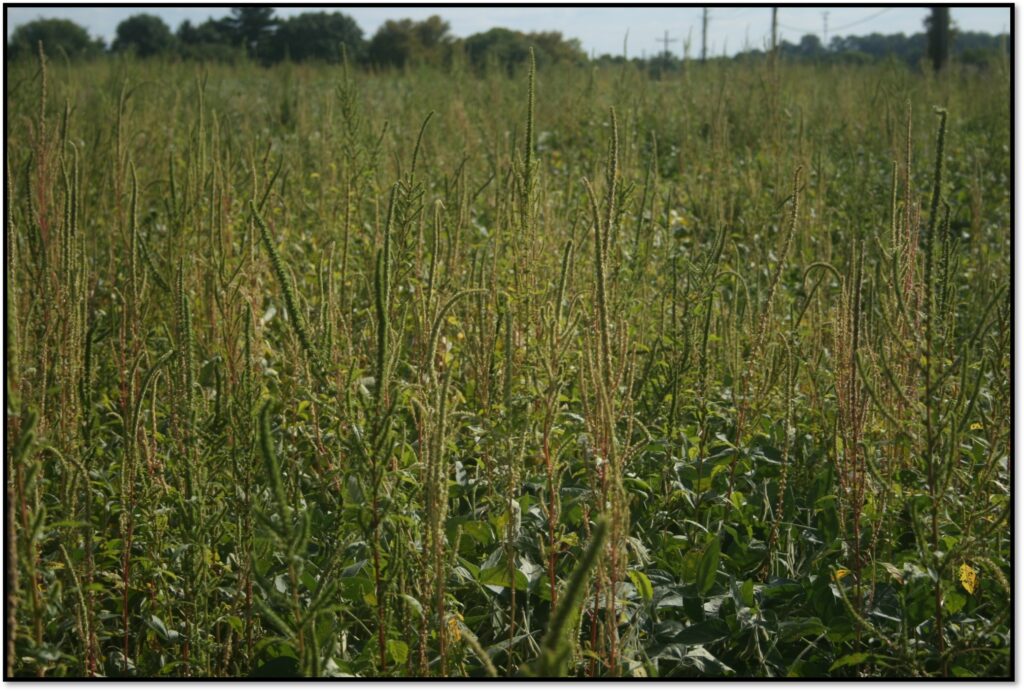
Photo 1. Palmer amaranth infested soybean field in NJ. PC: Bill Bamka. 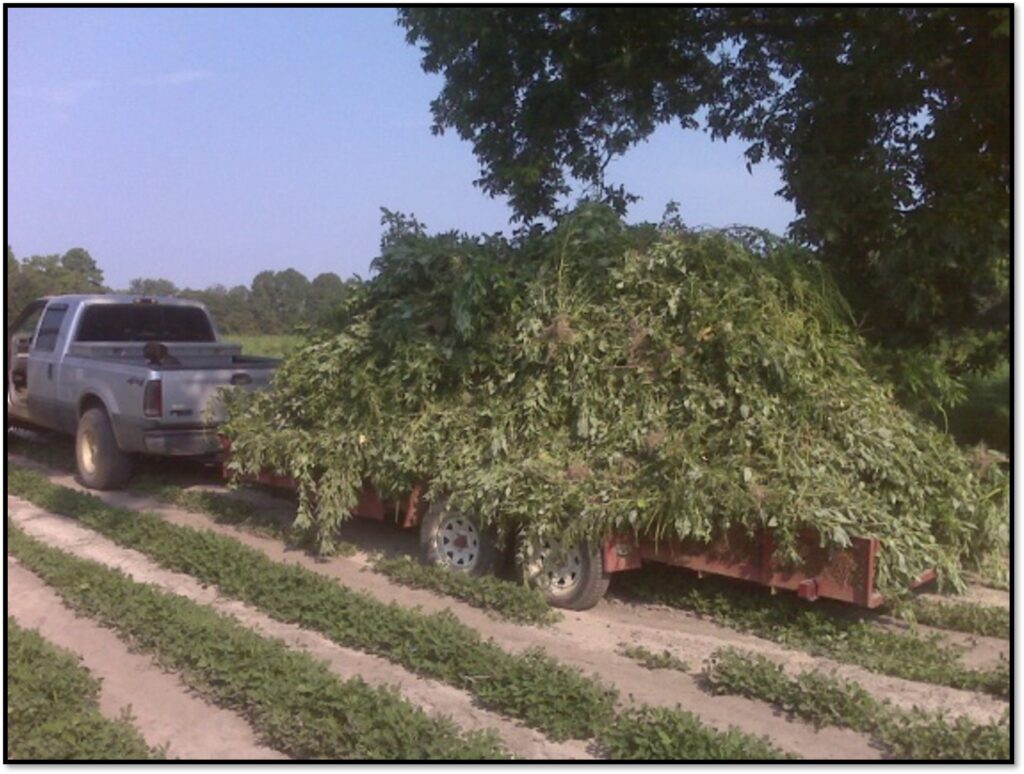
Photo 2. Hand-harvested palmer amaranth from a cotton field in Georgia. PC: Eric Prostko, UGA.
Identifying Palmer Amaranth
Currently, most palmer amaranth plants stand tall over soybeans (Photos 1 & 3). From a distance, the long terminal branches are evident and distinguish palmer amaranth from other common pigweeds. Upon closer inspection, look for the following characteristics:
- Long terminal branches greater than 1/2″ in diameter (Photos 1, 3, & 4)
- Hairless stem (Photo 5)
- Sharp bracts extending around each seed capsule – female plants only (Photo 5)
- Leaf petiole longer than the leaf blade (Photo 6)
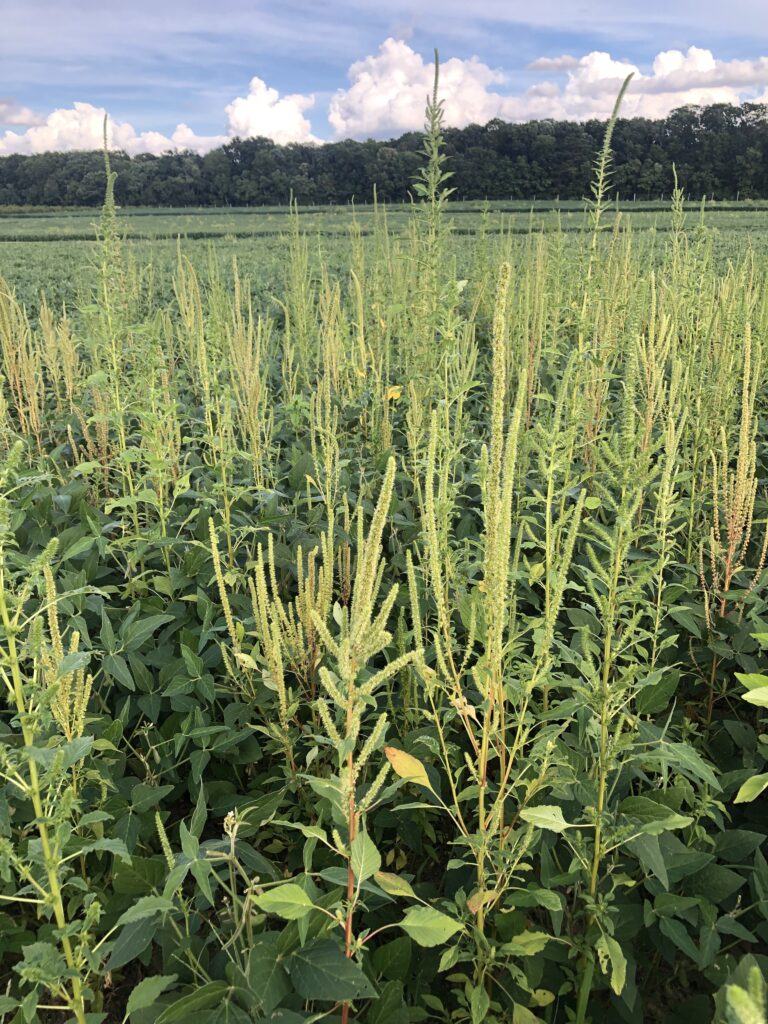
Photo 3. Palmer amaranth plants towering over soybeans in NJ field. PC: Kate Brown. 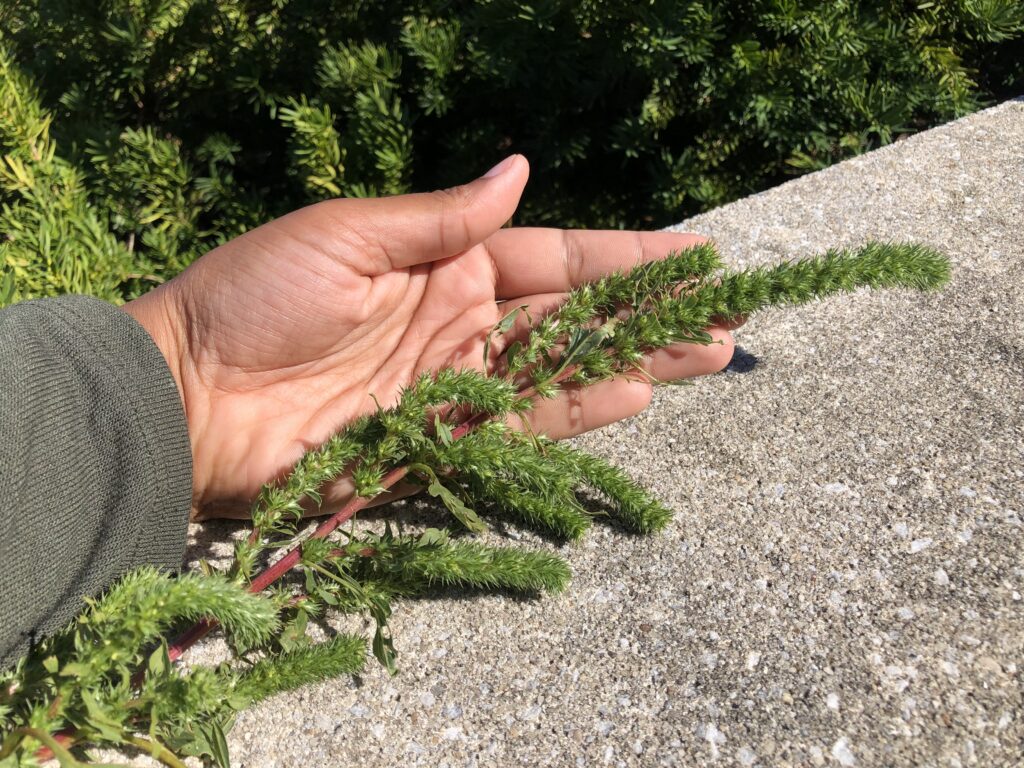
Photo 4. Long terminal branches of palmer amaranth. PC: Kate Brown. 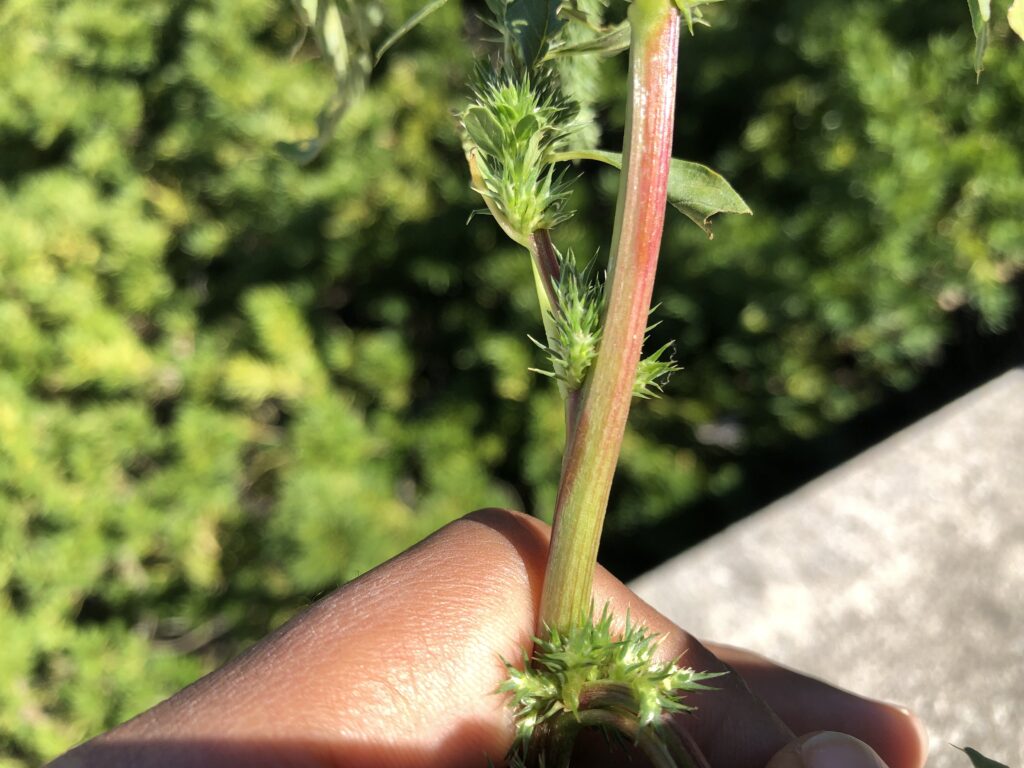
Photo 5. Hairless stem and sharp bracts surrounding seed capsule of palmer amaranth. PC: Kate Brown. 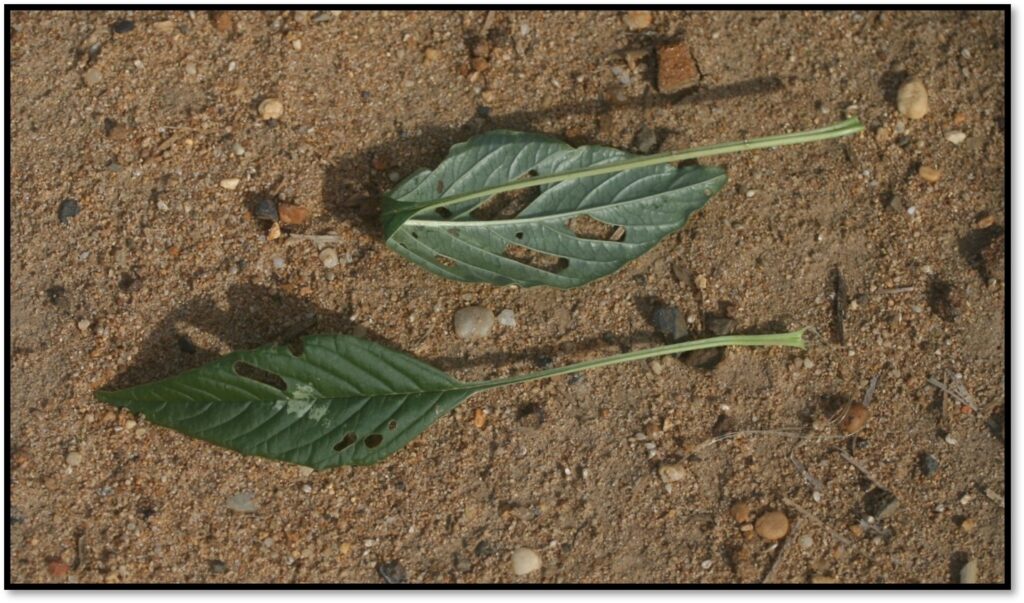
Photo 6. Demonstrating field test to verify identify of palmer amaranth. Note that when folded back over the leaf, the leaf petiole is longer than the leaf blade. PC: Bill Bamka.
Best Management Practices at Harvest
Where palmer amaranth is present, you must modify your harvest plans to limit the spread and dispersal of this highly competitive weed. Harvest infested fields last to avoid spreading palmer amaranth seeds between fields or even farms, if equipment is shared. Consider not harvesting entire sections of fields with palmer amaranth as seeds of this plant are incredibly small, which makes cleaning them all out of a combine nearly impossible. That being said, you should use an air compressor and/or leaf blower to thoroughly clean out the combine as frequently as is possible. Check out this factsheet for a 20-30 minute combine clean-out procedure. A more extensive cleanout procedure using the Straw Bale Methodology is detailed here.
Opting not to harvest prevents widespread seed dispersal via the combine, but also leaves the weed seed in place. Seedbank management is a critical aspect of palmer amaranth mitigation as the small seeds cannot emerge from low soil depths and the seed is also relatively short-lived (4-5 years) compared to other summer annual weeds. Therefore, deep tillage can be employed to bury the weed seed. This practice should only be done once to prevent palmer amaranth seeds from being brought back up to the surface. Be sure to clean off tillage equipment before working in another field. Also, consider rotating infested fields to corn for two seasons as there are more herbicide modes of action to control palmer amaranth in corn than soybean.
Sources
Hartzler, Bob. Harvest Weed Seed Control. Iowa State University Extension and Outreach, 13 December 2018, https://crops.extension.iastate.edu/blog/bob-hartzler/harvest-weed-seed-control. Accessed 8 September 2021.
Legleiter, Travis and Bill Johnson. WS-51: Palmer Amaranth Biology, Identification, and Management. Purdue Extension, November 2013, https://www.extension.purdue.edu/extmedia/ws/ws-51-w.pdf. Accessed 18 October 2021.
Reed, Heidi and John Wallace. Worst Pennsylvania Weeds Can Move with the Combine. PennState Extension, 15 September 2020, https://extension.psu.edu/worst-pennsylvania-weeds-can-move-with-the-combine. Accessed 14 October 2021.